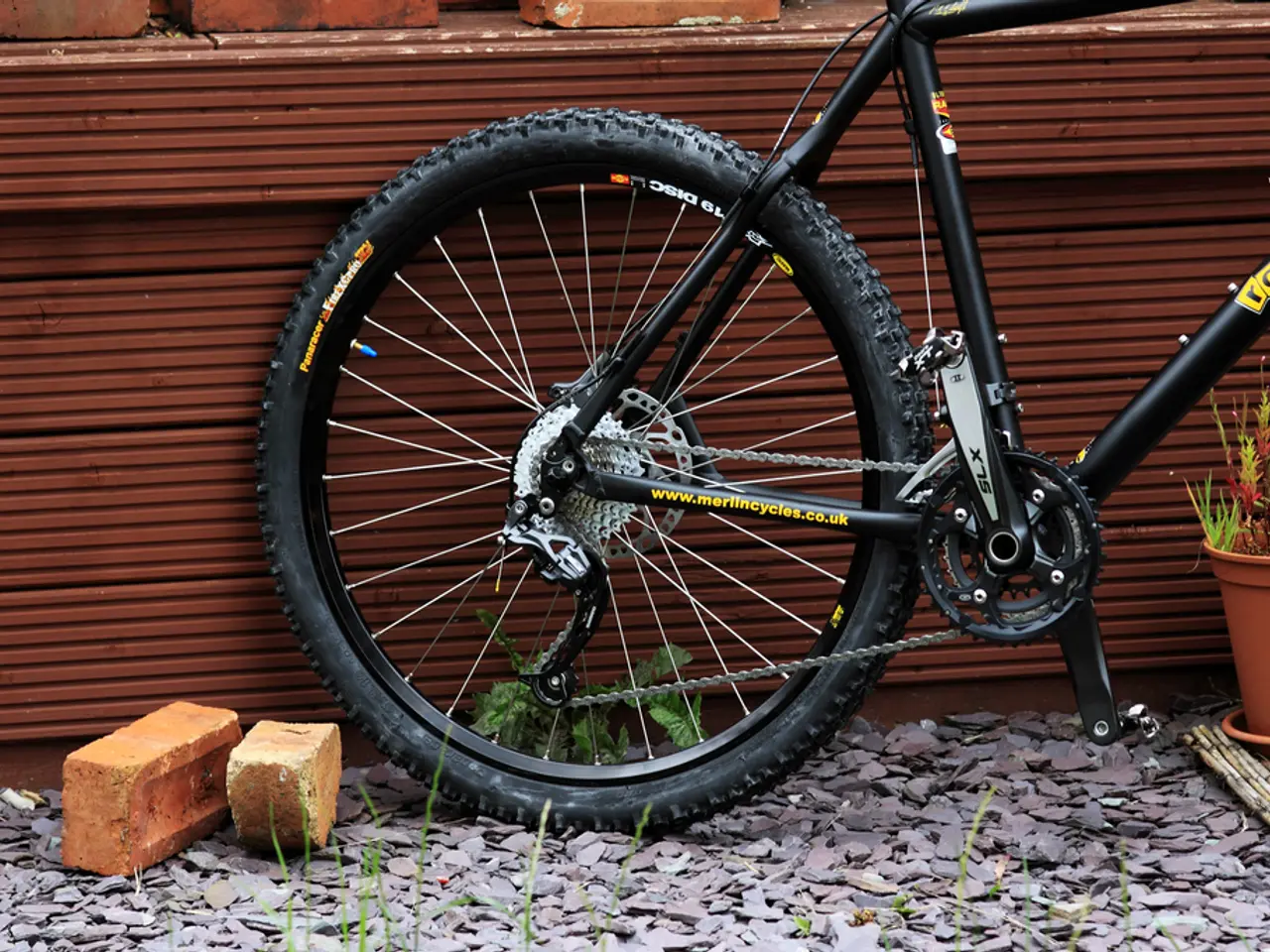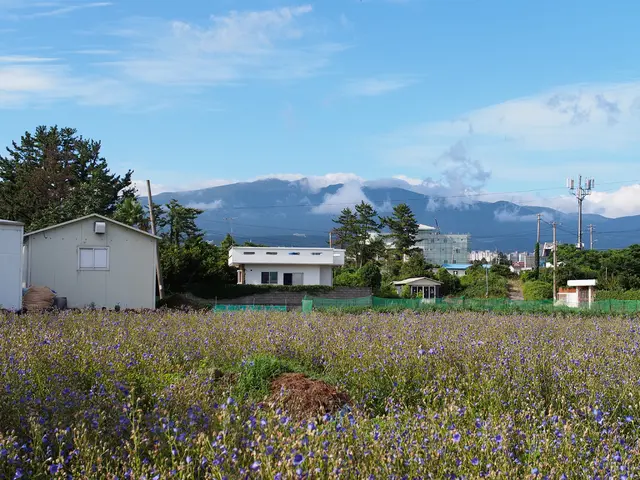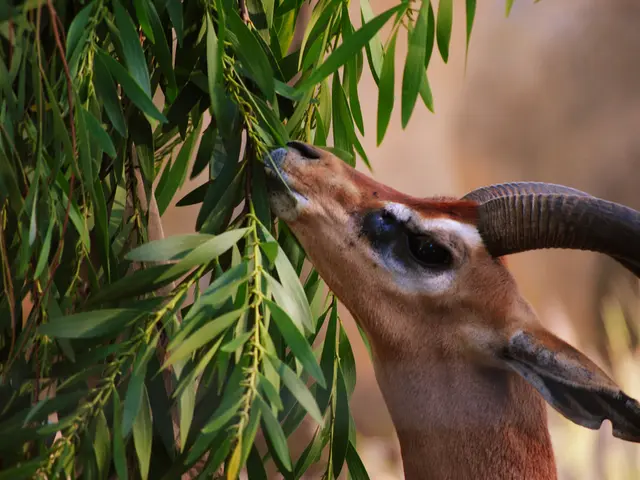Australian Lithium Giant: Engine of the Global Energy Transition - Australia's Greenbushes Mine Expands to Meet Soaring Lithium Demand
Demand for lithium, crucial for electric vehicles and energy storage, is set to soar by 2030. Australia, home to the world's largest hard-rock lithium mine, Greenbushes, is well-placed to meet this surge. However, local residents face dust issues due to the mine's massive scale.
Greenbushes Mine, operated by Talison Lithium, a joint venture between companies from China, Australia, and the U.S., is expected to run for another two decades. Plans are underway to expand the site by 28 percent to boost production. The mine currently produces over 1.4 million tons of spodumene concentrate annually, contributing to around 20 percent of global production.
Lithium, nicknamed 'white gold', is primarily sourced from hard-rock mining in Australia, unlike South American mines that rely on brine evaporation. One kilogram of lithium is needed for an electric car battery, with around ten kilograms used in total. Despite China currently being the main supplier to Germany, efforts are being made to develop European lithium production projects to reduce dependence on imports.
Greenbushes Mine's expansion will help Australia meet the increasing global demand for lithium. However, addressing dust pollution remains a pressing concern for local residents. As the world transitions to electric vehicles, securing a stable and sustainable lithium supply chain will be crucial.







